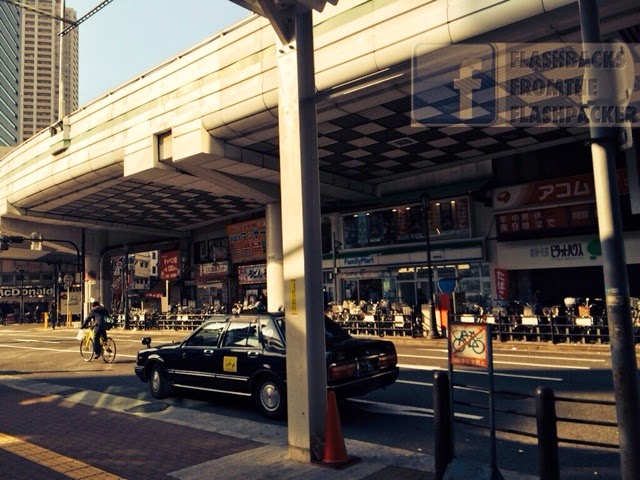This is the unedited version of my sidebar article for the June 2014 issue of Cruising, a Manila Bulletin publication. Thanks again to the editors.
1. Do not miss the foreign exchange counter at Kansai International Airport. You will not miss it due to the queue:
Step 1: Someone gives you a form. Step 2: Someone checks your form. Step 3: Someone takes your form and money.
Step 4: Someone releases your crisp Yen bills.
It will be difficult to withdraw from Japanese ATMs and finding a ForEx shop may be difficult.
2. Osaka has two main railway operators at the airport, Japan Railways (JR) and Nankai Namba. It is easy to be intimidated by the ticket vending machines, so approach any staff at the counter beside them for any help, to save time.
3. Breakfast at most high-end hotels can be expensive. Look for the closest Yoshinoya, for a hearty bowl of beef strips (small bowls at ¥280/P120). The rules are simple: sit, eat, go. There will be someone waiting for your seat more often than not.
4. Soda is expensive. but service water is clean. A small bottle of cola at restaurants is around ¥200/P85.
5. When having Furai (deep fried meat or veggies, different from tempura), you should only dip your stick once into the bowl of sauce, as respect for other diners. The Ebi Furai (deep fried prawn) is a must-try.
6. When paying at a restaurant (or any other establishment), place your money on the small tray beside the cash register. You should also get your change from here. It is bad etiquette to hand your money directly to the cashier.
7. One subway station may have multiple lines passing through them. The easiest way to remember which line you need to take is by remembering their colors. Train tickets start at ¥200/P85. A station may be humongous so remember what your exit number is. Getting out of the wrong one may mean another 15-minute walk back to where you should have been.
8. Taxi is expensive and may only be practical for short distances when there are three to four passengers. A five to ten minute ride may set you back ¥650/P280, so be wise. If it's one to two train stations away, it may be cheaper to take a taxi. Or better, just walk.
9. Trinkets as pasalubong can also be expensive. Decent keychains are around ¥400/P170 and fridge magnets are at ¥500/P210. You can just get authentic gifts for friends from convenience stores like 7-11 or Family Mart.
10. Those working in the service industry do not expect you to tip. If you really want to appreciate great customer service, you may just give them small peso bills and say they are souvenirs from your country. •



































